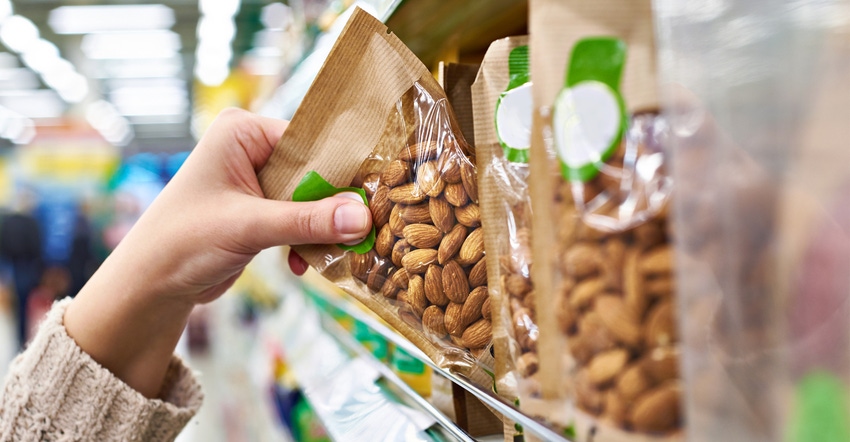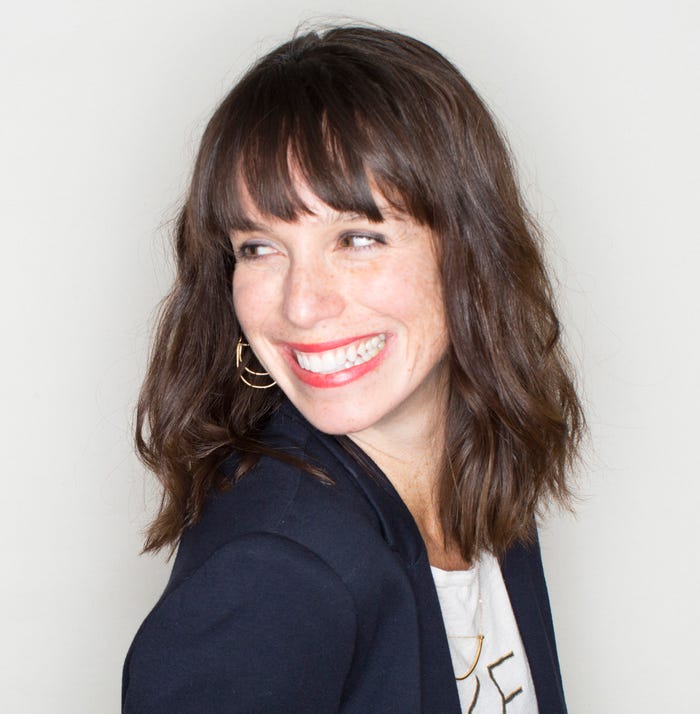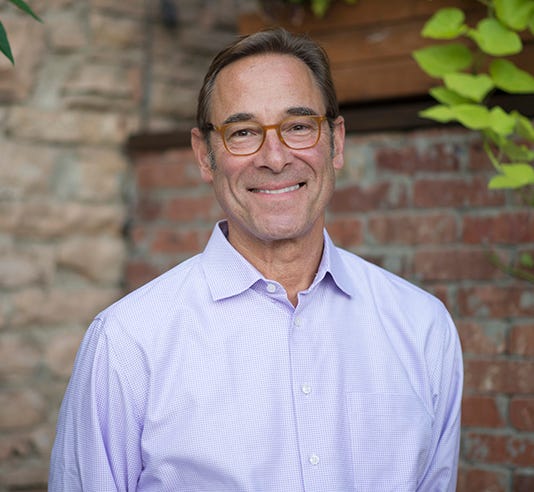
How important is it to invest in packaging and where do I start?
Ask the Fixer: When it comes to brand building, it can be difficult to know where to invest and when. Here we continue the Ask the Fixer series with three experts who offer advice on branding and packaging and the importance of getting it right.
August 4, 2018

You’ve come up with a stellar new product that you know consumers will love. Great, but how do you get it into their hands? For many startup brands, packaging is everything. It must be distinct enough, appealing enough and curiosity-sparking enough to convince consumers to grab it off the shelf and drop it into their carts.
Ensuring that your packaging and overall branding are on point takes time, money, research, creativity and even a little daring. But our three Fixers firmly believe that this is a worthwhile long-term investment because, if executed well, it can pay off in dividends. With that in mind, they offer sage advice for investing in and nailing your packaging design.
Creative Director
Branding is important, but first and foremost, you need to get your product right. Make sure it’s delicious and the best it can be and understand why it’s better than the competition. Because even if the packaging looks great and people buy it, if the product isn’t good, the packaging won’t matter after that first purchase.

If you talk to five different branding groups, you might get five drastically different ballpark prices. When I meet with potential clients, I try to break out pricing for them and explain why certain services cost certain amounts so they understand that I’m not just pulling these rates out of thin air. I am basing these prices on experience and what I know it will take to be thorough. This way, I can at least give them some rationale as to why branding costs what it does.
You’ll also likely get conflicting info about the best ways of doing things. Since you don’t know what you don’t know, if you are new to branding, who do you believe? While we all work from a similar tenet, we’ve evolved our own strategies. To figure out the best fit for you, just sit down with different branding experts, have conversations and learn how each person approaches branding. Find someone who you’d want to hang out and have a drink with, someone you can trust, because this will be an intimate relationship—you’re building a brand together.
—Alicia Potter, founder and creative director of branding and packaging hub Faven Creative
Consultant
There are few things more important than getting your branding right when you are starting out, so make sure to get advice from branding experts, your advisory board or other trusted resources to help you articulate what your brand stands for. They can help you consider the whole amalgam of product features, product benefits, company values and brand personality and help you express it all through images, words, graphics tone and fonts. 
This is hugely important because for so many companies, the packaging is their primary medium of communication. It’s what attracts shoppers in the store, so you want to optimize it and get it as good as you can. In the same breath is your website. How most people are going to find you is on-shelf or online, so you want absolutely the best graphics, logos, colors and copy.
Also know that rarely will the branding or packaging design you start with be same as you have a year or two later. Many times, no matter how many people proofread your materials, the first time you print a package, you will find something you missed or want to do over again. It could be an oversight or typo, or maybe you realize something needs to be displayed bigger or smaller. The cautionary tale is don’t print 500,000 packages for one flavor right out of the gates.
There is not a hard-and-fast rule for how much to spend on branding and packaging design—it really is all over the map. If you want to work with a branding company, some do a really good job in the $25,000 to $40,000 range. Others do a fantastic job in the $100,000 to $200,000 range. It depends on what resources these companies have. Usually the pricing includes consumer insight work or other market research to get at the essence of your brand. If you can afford to do that, it’s a great process—you get validation and affirmation.
—Bob Burke, owner and president of Natural Products Consulting, which helps bringing natural, organic and specialty products to market
Consultant
Other than the taste of what is inside, the package is the most important persuasion mechanism an entrepreneur has—assuming you have limited funds to work with. It is your main billboard. That said, resist the temptation to clutter and jam every last factoid onto the package.

Carefully assess the competitive set and look for ways to set your products apart. Think about colors, graphics and package form while keeping in mind your likely optimal assortment that you will have on-shelf. Be sure to survey friends and family, and carefully observe how consumers interact with similar package forms in your or other categories. Sometimes a significant investment in unique package form makes sense if it has major disruption potential. But always test and learn, use mockups, do sampling and sell at farmers’ markets to gather insights.
I love the example of Justin’s utilizing a very familiar and unsexy package form for its nut butters: the single-serve sachet. This is common in personal care but not so much in food. It was a novel insight and became a distinguished form on-shelf that happens to work very nicely with on-the-go snacking, which is so central to meeting consumer need. And this was done without a substantial financial investment.
—John Grubb, founder of Summit Venture Management, which consults and partners with entrepreneurs and equity investors on business and brand growth initiatives

Don’t miss your opportunity to collaborate and learn from industry experts and all-star founders in a full day purpose-built for emerging brands deeply rooted in branding and storytelling. Save $100 on Natural Products Business School at Expo East through August 3. Register here.
When: Sept. 12, 2018
Where: Hilton, Key Ballroom 7/8
About the Author(s)
You May Also Like




